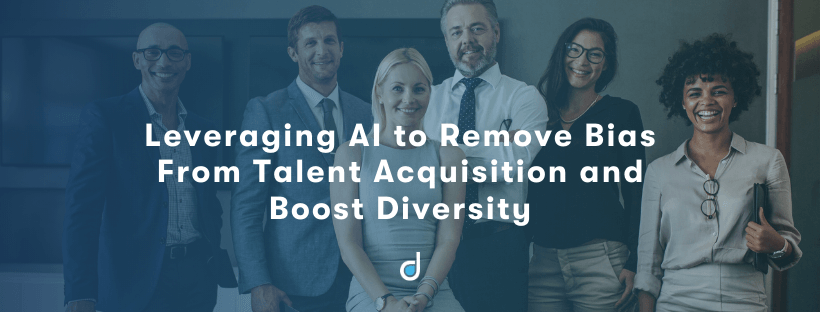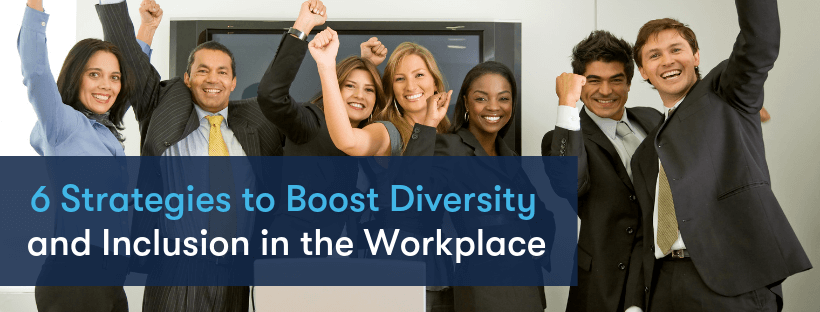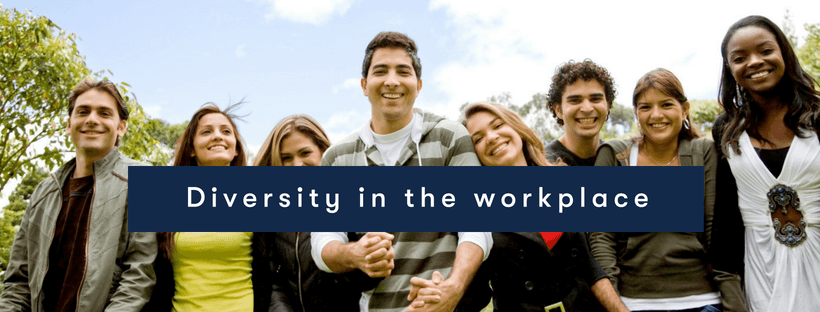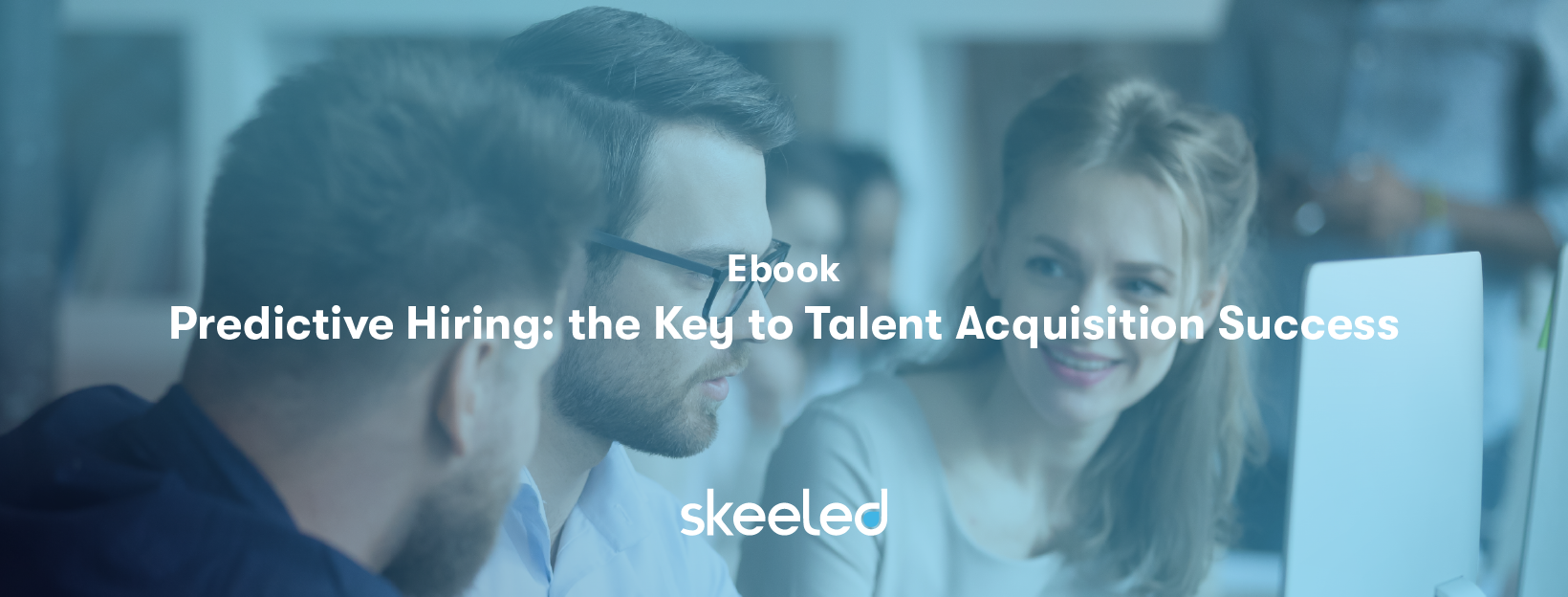Bias has always been an issue when it comes to recruiting. Candidates often feel that the hiring processes they go through are biased and not fair which creates a general sentiment of dissatisfaction.
Whether conscious or unconscious, the recruiters’ bias makes it difficult for top talented candidates from underrepresented groups to get hired. And it also keeps companies from benefiting from the competitive advantage that is to have a diverse and inclusive workforce. According to a McKinsey’s research on diversity, companies with more diverse gender, culture and ethnicity outperform employers that don’t support diversity. The research found that companies in the top quartile for gender diversity experience outperform by 21%. For ethnic and cultural diversity, there was a 33% likelihood of outperformance.
However, every day candidates get hired - or not - based on factors that are not related whatsoever to their ability to perform well on a given job. But in the times we’re living, companies can’t keep running hiring processes that promote systemic inequality. Today, HR has the great responsibility of delivering equality, fairness and inclusivity during the hiring process and creating a diverse and inclusive workplace. AI can be a great ally to build a more efficient and unbiased hiring process. Let’s find out how.
Bias in Talent Acquisition
First, it’s important to understand that bias is reflected in many ways in talent acquisition. From always using the same talent sources to writing job descriptions filled with vague clichés and demanding unnecessary job requirements, and interview questions that are not relevant to the job. All this often results in decision-making based on subjective ideas of culture fit or other intangibles.
In most cases, we’re dealing with unconscious bias which happens automatically and is triggered by our brain making quick judgments and assessments of people and situations, based on our background, cultural environment, and personal experiences. Evidently, this unintentional discrimination impacts recruitment and hiring efforts in a very negative way and often results in prejudicial decisions and judgments about some candidates.
Nicolas Speeckaert, co-founder and director of skeeled said in a recent article, “Many companies want to strengthen their diversity. They want their business to benefit from the increased creativity and innovation and diversity of thought and experience a diverse team could deliver, which could give them a competitive edge. However, a stumbling block for companies has been the unconscious bias that creeps into the recruitment process, which sees candidates sadly rejected because of their age or surname on their CV.”
Eliminating bias from the hiring process is crucial given that increasing diversity in any company helps businesses to thrive. Diverse teams are definitely stronger when it comes to creativity, innovation, and problem-solving.

Creating a Diverse & Inclusive Workforce
Diversity and inclusion (D&I) are critical aspects of talent acquisition strategy. However, the traditional hiring process is filled with many opportunities for bias to interfere with a company’s D&I goals. Although organisations are increasingly aware of the importance of building a workforce that mirrors the diversity of society, the fact is that many don’t know how to implement an effective D&I strategy.
But, what is a diverse and an inclusive workforce? SHRM describes diversity as “the collective mixture of differences and similarities that includes for example, individual and organizational characteristics, values, beliefs, experiences, backgrounds, preferences, and behaviours.”
Visible Diversity Traits:
- Gender
- Skin colour
- Physical traits
- Behaviours
- Body size/type
- Age
Invisible Diversity Traits:
- Religion
- Socio-economic status
- Sexual orientation
- Culture
- Beliefs
- Values
- Personality
As for inclusion, SHRM defines it as “the achievement of a work environment in which all individuals are treated fairly and respectfully, have equal access to opportunities and resources, and can contribute fully to the organization’s success.” We can say that diversity is about representation, and inclusion is about involvement.
According to McKinsey, inclusion and diversity are at risk in the crisis - but are critical for business recovery, resilience, and reimagination. As we see it, improving D&I starts with the hiring process by ensuring it is completely fair and unbiased.
Leveraging AI to Remove Bias From Talent Acquisition
When it comes to recruiting, AI can be used to help recruiters run a bias-free, fairer process and build diverse and inclusive teams. But how? Many are not so convinced by this as they fear being rejected by a machine instead of a human recruiter. Yet, human recruiters only spend an average of 6 seconds reviewing a resume and they feel constantly overwhelmed by the amount of CVs they need to screen which leads them to leave out many candidates in the pipeline. AI-powered algorithms, however, can screen any number of CVs quickly and effortlessly making sure the candidate selection is made according to the job specifications only.
It’s reasonable to say AI can be as biased as humans. Because it is programed by humans, everything the machine learns is imbued with their bias. However, by being aware of our own biases we can clean the dataset used to train the algorithm to make sure it doesn’t replicate them. There are many companies at this point that offer talent acquisition tech products that can help remove bias from the hiring process. The key is to choose a talent acquisition software partner with a Responsible AI program.These tech providers will make sure that the datasets fed to machine learning algorithms do not reflect any type of bias, so that the candidate selection is only based on the job requirements and the candidates abilities.
AI is essential to support an organisation’s talent acquisition strategy in general and its diversity and inclusion goals in particular.
- CV Screening
Algorithms don’t get tired, don’t feel pressured and don’t have personal preferences. An Ai-Powered screening tool helps recruiters find top talent faster by automatically sifting through large-volume applications and matching the candidates’ resumes against the job requirements to find the most suitable profiles. Moreover, it gives candidates a fair treatment as they are all evaluated in the same way and according to the same criteria.
- Pre-Employment Assessments
Assessing the candidates’ soft skills is essential to improve the selection process and enable a more talent acquisition recruiting. Using AI to compare candidates’ job profiles and behavioural competencies with the role specifications allows companies to leverage workforce data to consider a much bigger pool of talent and make more objective decisions.
- Consistency and Transparency
AI can help deliver a consistent selection process by applying the same selection criteria to all candidates. Furthermore, transparent and appropriate use of AI in hiring creates an assurance that candidate selection is made according to the job specifications set by the recruiters.
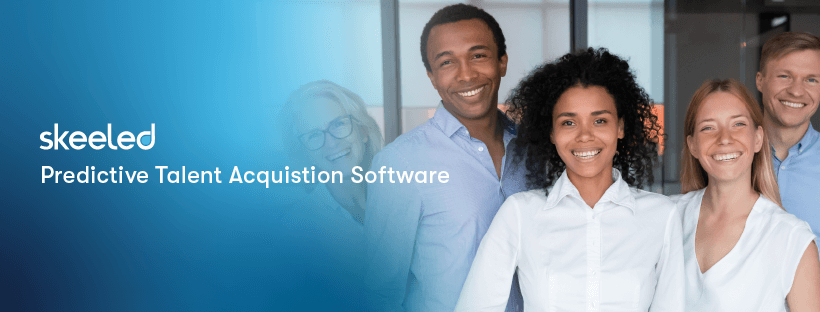
Skeeled offers you the perfect opportunity to bring innovation and digitalisation to your hiring. Check our website or our LinkedIn, Twitter and Facebook pages for further information.
Thanks for reading and see you next time!
Your team here at skeeled

